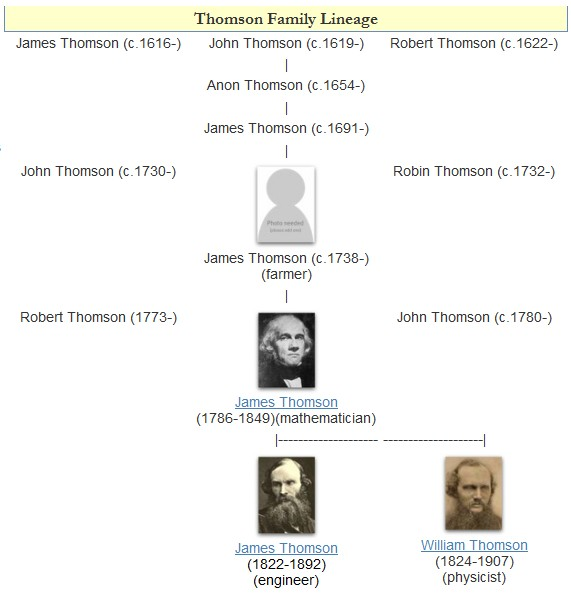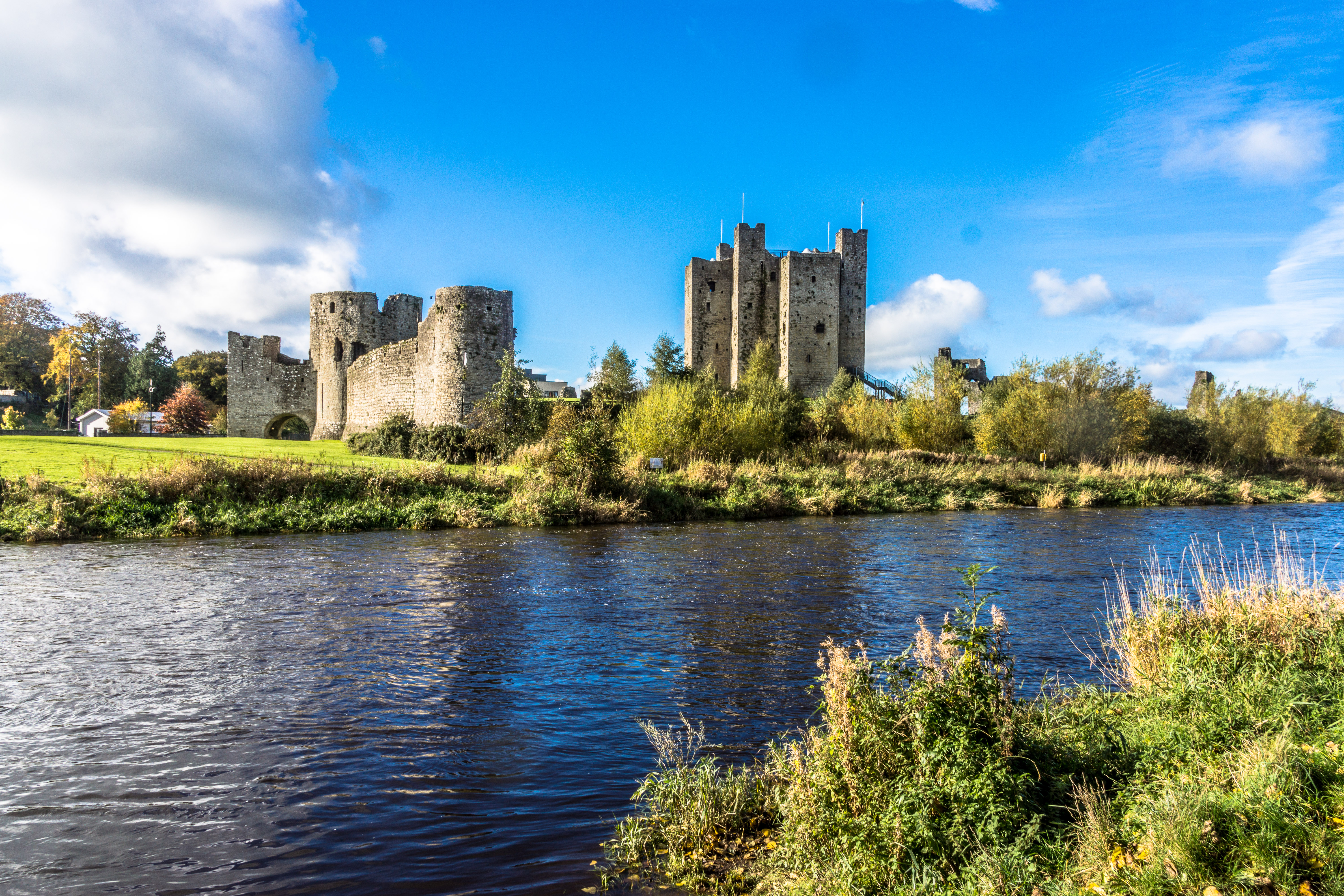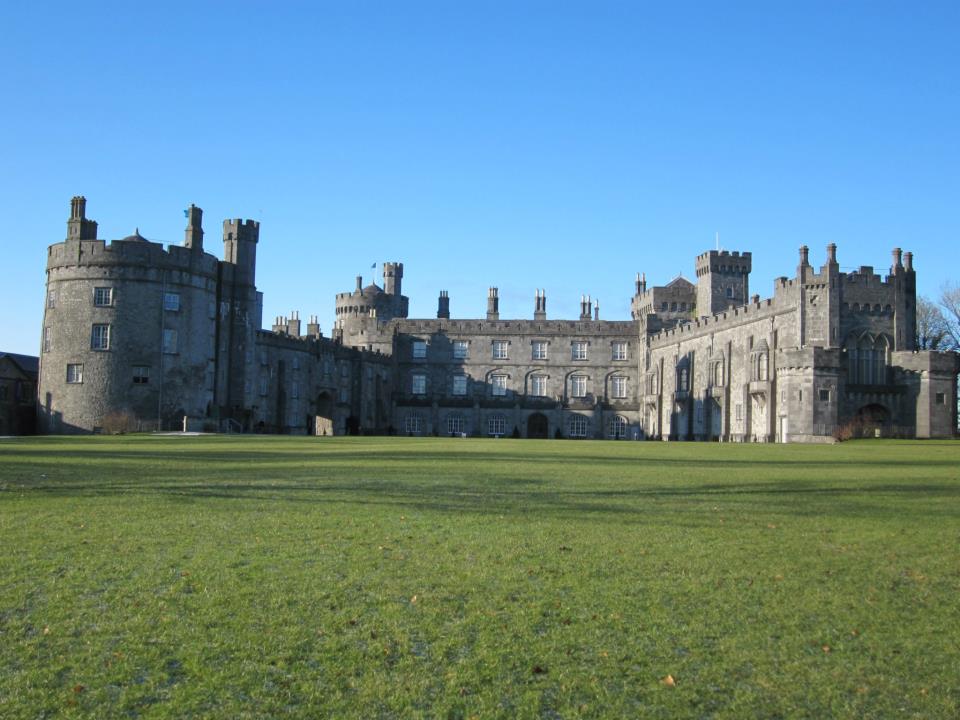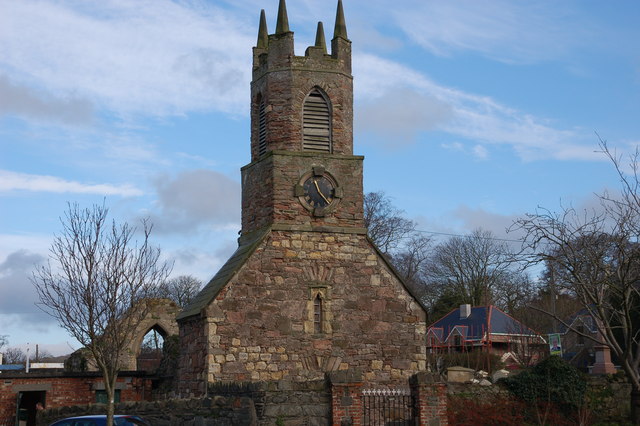|
Thomas William Moffett
Sir Thomas William Moffett (3 June 1820 – 6 July 1908) was an Irish scholar and educationalist, who served as president of Queen's College Galway. Moffett was born at Castleknock, County Dublin, on 3 June 1820. He was educated at Trinity College Dublin, where he was a Berkeley Gold Medallist in Logic and Metaphysics, a gold medallist in Greek, and a prizeman in Divinity and Modern History. He graduated in 1843 as Senior Moderator in Ethics and Logic. He was awarded the degree of L.L.D. by the University of Dublin in 1852. From May 1848, he held the position of headmaster of the Classical Department and professor of logic and belles lettres at the Royal Belfast Academical Institution. The first professors were appointed to the newly established Queen's Colleges at Belfast, Cork and Galway in 1849, and Moffett became the foundation professor of logic and metaphysics at the Galway College. In 1863, in addition to his original chair, Moffett took over the duties of Rev. Joseph ... [...More Info...] [...Related Items...] OR: [Wikipedia] [Google] [Baidu] |
Queen's College Galway
The University of Galway ( ga, Ollscoil na Gaillimhe) is a public research university located in the city of Galway, Ireland. A tertiary education and research institution, the university was awarded the full five QS stars for excellence in 2012, and was ranked among the top 1 percent of universities in the 2018 ''QS World University Rankings''. The university was founded in 1845 as "Queen's College, Galway". It was known as "University College, Galway" (UCG) (Irish: ''Coláiste na hOllscoile, Gaillimh''), until 1997 and as "National University of Ireland, Galway" (NUI Galway) (Irish: ''Ollscoil na hÉireann, Gaillimh; OÉ Gaillimh''), until 2022. In late April 2022, it was announced that NUI Galway would be renamed "Ollscoil na Gaillimhe – University of Galway" in summer 2022, amid confusion over its proper title. University of Galway is a member of the Coimbra Group, a network of 40 long-established European universities. History The university was established in 1845 as ' ... [...More Info...] [...Related Items...] OR: [Wikipedia] [Google] [Baidu] |
Downpatrick
Downpatrick () is a town in County Down, Northern Ireland. It is on the Lecale peninsula, about south of Belfast. In the Middle Ages, it was the capital of the Dál Fiatach, the main ruling dynasty of Ulaid. Its cathedral is said to be the burial place of Saint Patrick. Today, it is the county town of Down and the joint headquarters of Newry, Mourne and Down District Council. Downpatrick had a population of 10,822 according to the 2011 Census. History Pre-history An early Bronze Age site was excavated in the Meadowlands area of Downpatrick, revealing two roundhouses, one was four metres across and the other was over seven metres across. Archaeological excavations in the 1950s found what was thought to be a Bronze Age hillfort on Cathedral Hill, but further work in the 1980s revealed that this was a much later rampart surrounding an early Christian monastery. Early history Downpatrick (''Dún Pádraig'') is one of Ireland's oldest towns. It takes its name from a ''dún' ... [...More Info...] [...Related Items...] OR: [Wikipedia] [Google] [Baidu] |
Sir William Thomson
William Thomson, 1st Baron Kelvin, (26 June 182417 December 1907) was a British mathematician, mathematical physicist and engineer born in Belfast. Professor of Natural Philosophy at the University of Glasgow for 53 years, he did important work in the mathematical analysis of electricity and formulation of the first and second laws of thermodynamics, and did much to unify the emerging discipline of physics in its contemporary form. He received the Royal Society's Copley Medal in 1883, was its president 1890–1895, and in 1892 was the first British scientist to be elevated to the House of Lords. Absolute temperatures are stated in units of kelvin in his honour. While the existence of a coldest possible temperature ( absolute zero) was known prior to his work, Kelvin is known for determining its correct value as approximately −273.15 degrees Celsius or −459.67 degrees Fahrenheit. The Joule–Thomson effect is also named in his honour. He worked closely with mathematic ... [...More Info...] [...Related Items...] OR: [Wikipedia] [Google] [Baidu] |
High Sheriff Of Galway Town
The High Sheriff of Galway Town was the Sovereign's judicial representative in the county of the Town of Galway. Initially an office for lifetime, assigned by the Sovereign, the High Sheriff became annually appointed from the Provisions of Oxford in 1258. Besides his judicial importance, he had ceremonial and administrative functions and executed High Court Writs. History The first (High) Shrievalties were established before the Norman Conquest in 1066 and date back to Saxon times. In 1908, an Order in Council made the Lord-Lieutenant the Sovereign's prime representative in a county and reduced the High Sheriff's precedence. Despite however that the office retained his responsibilities for the preservation of law and order in a county. The first High Sheriff of the town was appointed in 1841 and the last one in 1899. Victoria, 1841–1899 *1841: Martin Morris *1843: Nicholas Lynch *1845: Patrick Marcus Lynch *1848: T A. Joyce of Rahasau, Loughrea. *1849: Michael Morris *1 ... [...More Info...] [...Related Items...] OR: [Wikipedia] [Google] [Baidu] |
Royal University Of Ireland
The Royal University of Ireland was founded in accordance with the ''University Education (Ireland) Act 1879'' as an examining and degree-awarding university based on the model of the University of London. A Royal Charter was issued on 27 April 1880 and examinations were open to candidates irrespective of attendance at college lectures. The first chancellor was the Irish chemist Robert Kane. The university became the first university in Ireland that could grant degrees to women on a par with those granted to men. The first nine women students graduated in 1884. It granted its first degree to a woman on 22 October 1884 to Charlotte M. Taylor (Bachelor of Music). In 1888 Letitia Alice Walkington had the distinction of becoming the first woman in Great Britain or Ireland to receive a degree of Bachelor of Laws. Among the honorary degree recipients of the university was Douglas Hyde, founder of the Gaelic League and later President of Ireland, who was awarded a DLitt in 1906. Est ... [...More Info...] [...Related Items...] OR: [Wikipedia] [Google] [Baidu] |
British Honours System
In the United Kingdom and the British Overseas Territories, personal bravery, achievement, or service are rewarded with honours. The honours system consists of three types of award: *Honours are used to recognise merit in terms of achievement and service; *Decorations tend to be used to recognise specific deeds; * Medals are used to recognise service on a particular operation or in a specific theatre, long or valuable service, and good conduct. Appointments to the various orders and awards of other honours are usually published in '' The London Gazette''. Brief history Although the Anglo-Saxon monarchs are known to have rewarded their loyal subjects with rings and other symbols of favour, it was the Normans who introduced knighthoods as part of their feudal government. The first English order of chivalry, the Order of the Garter, was created in 1348 by Edward III. Since then, the system has evolved to address the changing need to recognise other forms of service to the U ... [...More Info...] [...Related Items...] OR: [Wikipedia] [Google] [Baidu] |
Waterford
"Waterford remains the untaken city" , mapsize = 220px , pushpin_map = Ireland#Europe , pushpin_map_caption = Location within Ireland##Location within Europe , pushpin_relief = 1 , coordinates = , subdivision_type = Country , subdivision_name = Ireland , subdivision_type1 = Province , subdivision_name1 = Munster , subdivision_type2 = Region , subdivision_name2 = Southern , subdivision_type3 = County , subdivision_name3 = Waterford , established_title = Founded , established_date = 914 , leader_title = Local authority , leader_name = Waterford City and County Council , leader_title2 = Mayor of Waterford , leader_name2 = Damien Geoghegan , leader_title3 = Dáil constituency , leader_name3 = Waterford , area_footnotes = , area_total_km2 = 48.30 , elevation_foot ... [...More Info...] [...Related Items...] OR: [Wikipedia] [Google] [Baidu] |
Trim, County Meath
Trim () is a town in County Meath, Ireland. It is situated on the River Boyne and has a population of 9,194. The town is noted for Trim Castle – the largest Norman castle in Ireland. One of the two cathedrals of the United Dioceses of Meath and Kildare — St Patrick's cathedral — is located north of the river. Trim won the Irish Tidy Towns Competition in 1972, 1984, 2014 and 2022, and was the "joint" winner with Ballyconnell in 1974. Trim was historically the county town of Meath, but this title was passed on in 1898 to the larger, neighbouring town of Navan. History Early history At an early date, a monastery was founded at Trim, which lay within the petty kingdom ('' tuath'') of the Cenél Lóegairi. It is traditionally thought to have been founded by St. Patrick and left in the care of its patron saint Lommán, also locally known as Loman, who flourished sometime between the 5th and early 6th centuries.Stalmans and Charles-Edwards, "Meath, saints of (act. ''c''. ... [...More Info...] [...Related Items...] OR: [Wikipedia] [Google] [Baidu] |
Lurgan
Lurgan () is a town in County Armagh, Northern Ireland, near the southern shore of Lough Neagh. Lurgan is about south-west of Belfast and is linked to the city by both the M1 motorway and the Belfast–Dublin railway line. It had a population of about 25,000 at the 2011 Census and is within the Armagh, Banbridge and Craigavon district. For some purposes, Lurgan is treated as part of the "Craigavon Urban Area" along with neighbouring Craigavon and Portadown. Lurgan is characteristic of many Plantation of Ulster settlements, with its straight, wide planned streets. It is the site of a number of historic listed buildings including Brownlow House and Lurgan Town Hall. Lurgan Park is the largest urban park in Northern Ireland. Historically the town was known as a major centre for the production of textiles (mainly linen) after the industrial revolution and it continued to be a major producer of textiles until that industry steadily declined in the late 20th century. The develop ... [...More Info...] [...Related Items...] OR: [Wikipedia] [Google] [Baidu] |
Lisburn
Lisburn (; ) is a city in Northern Ireland. It is southwest of Belfast city centre, on the River Lagan, which forms the boundary between County Antrim and County Down. First laid out in the 17th century by English and Welsh settlers, with the arrival of French Huguenots in the 18th century, the town developed as a global centre of the linen industry. In 2002, as part of Queen Elizabeth's Golden Jubilee celebrations, the predominantly unionist borough was granted city status alongside the largely nationalist town of Newry. With a population of 45,370 in the 2011 Census. Lisburn was the third-largest city in Northern Ireland. In the 2016 reform of local government in Northern Ireland Lisburn was joined with the greater part of Castlereagh to form the Lisburn City and Castlereagh District. Name The town was originally known as ''Lisnagarvy'' (also spelt ''Lisnagarvey'' or ''Lisnagarvagh'') after the townland in which it formed. This is derived . In the records, the ... [...More Info...] [...Related Items...] OR: [Wikipedia] [Google] [Baidu] |
Kilkenny
Kilkenny (). is a city in County Kilkenny, Ireland. It is located in the South-East Region and in the province of Leinster. It is built on both banks of the River Nore. The 2016 census gave the total population of Kilkenny as 26,512. Kilkenny is a tourist destination, and its environs include historic buildings such as Kilkenny Castle, St Canice's Cathedral and round tower, Rothe House, Shee Alms House, Black Abbey, St. Mary's Cathedral, Kilkenny Town Hall, St. Francis Abbey, Grace's Castle, and St. John's Priory. Kilkenny is also known for its craft and design workshops, the Watergate Theatre, public gardens and museums. Annual events include Kilkenny Arts Festival, the Cat Laughs comedy festival and music at the Kilkenny Roots Festival. Kilkenny began with an early 6th-century ecclesiastical foundation within the Kingdom of Ossory. Following the Norman invasion of Ireland, Kilkenny Castle and a series of walls were built to protect the burghers of what became a Norma ... [...More Info...] [...Related Items...] OR: [Wikipedia] [Google] [Baidu] |
Holywood, County Down
Holywood ( ) ( Irish: ''Ard Mhic Nasca'', meaning 'Height of the Son of Nasca'. Latin: ''Sanctus Boscus'', meaning 'Holy Wood') is a town in the metropolitan area of Belfast in County Down, Northern Ireland. It is a civil parish and townland of 755 acres lying on the shore of Belfast Lough, between Belfast and Bangor. Holywood Exchange and Belfast City Airport are nearby. The town hosts an annual jazz and blues festival. Toponymy The English name ''Holywood'' comes . This was the name the Normans gave to the woodland surrounding the monastery of St Laiseran, son of Nasca. The monastery was founded by Laiseran before 640 and was on the site of the present Holywood Priory. The earliest Anglicised form appears as ''Haliwode'' in a 14th-century document. The Irish name for Holywood is ''Ard Mhic Nasca'' meaning "high ground of Mac Nasca". History In the early 19th century, Holywood, like many other coastal villages throughout Ireland, became popular as a resort for sea-bathin ... [...More Info...] [...Related Items...] OR: [Wikipedia] [Google] [Baidu] |



_-_geograph.org.uk_-_1599487.jpg)





